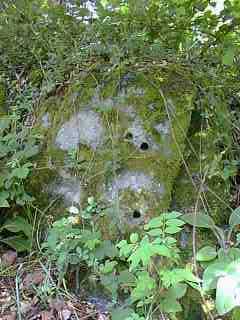Lletty’r Wialch
| Alternative names |
Lletty see below Llechwedd Du? see Harlech Lletty’r fwyalch Llety Tywalch? [Ruston 2000] Twll Mango? |
|
|---|---|---|
| Location | SH604333 | |
| Parish | Talsarnau | |
| Owners | ||
| 1872–1875 | Edward Jones | |
| 1920–1922 | Cambrian Manganese Co. agent Thomas O Williams |
(tons) | Manpower underground surface | ||
| 1920 | 1 | ||
| 1921 | suspended | ||
| 1922 | suspended 1920 | ||
| Total | 512 | ||
Sulphur/manganese mine [GAT SMR: 20645]
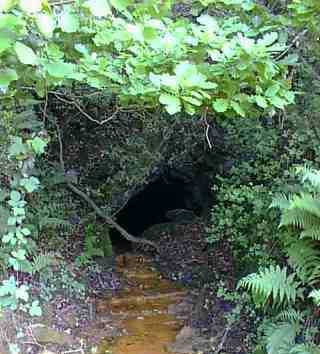 Photograph © John Ruston 2000 |
Adit
It is reported that this gives access to the open stope in the garden behind the cottage. There is usually a flow of iron stained water from the adit even after periods of dry weather. | ||
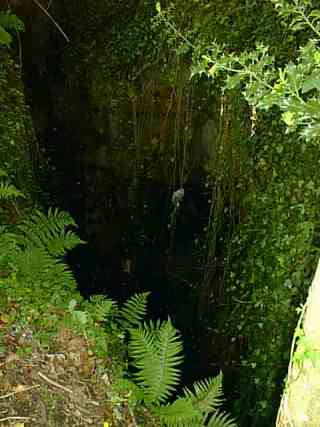 Photograph © John Ruston 2000 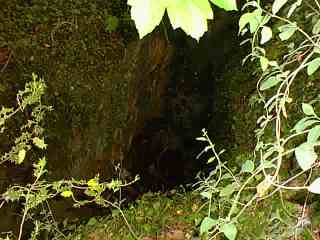 Photograph © John Ruston 2000 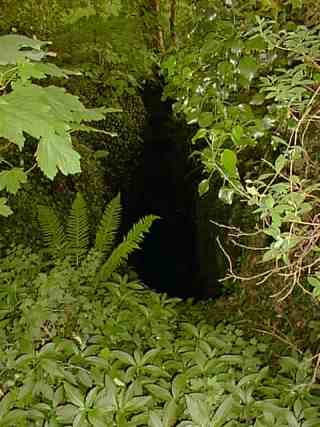 Photograph © John Ruston 2000 |
Open stope
approximately twenty feet deep and wet. Tunnels can be seen leading away from it. The stope has evidently used in the past as a domestic rubbish dump but this is now prohibited by the land owner. Small tailings dumps 4.5 m wide x 15 m long run away from the cut. Low stone walls suggestive of a loading bank or perhaps a temporary building are still visible a little to the east of the open-cut. The tenant of Llety reports evidence of a blocked access in the field uphill of this feature. Elderly locals recall that this heavily wooded area was devoid of trees in the 1920s. |
||
|
Test borings in boulder
Shallow holes made by miners testing resharpened bits. Similar holes can be seen at many of the mines in the area, usually around the forge. Local practice was for mine operators to charge their men for materials and for the blacksmith’s services [Ruston 2000]. |
